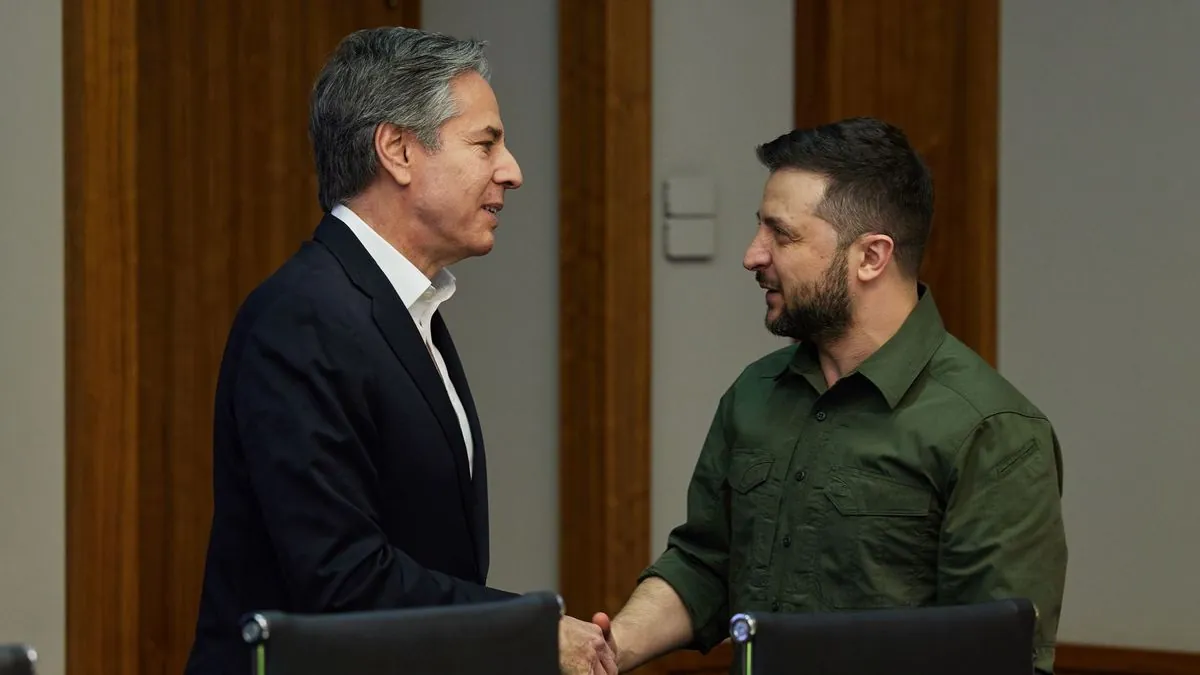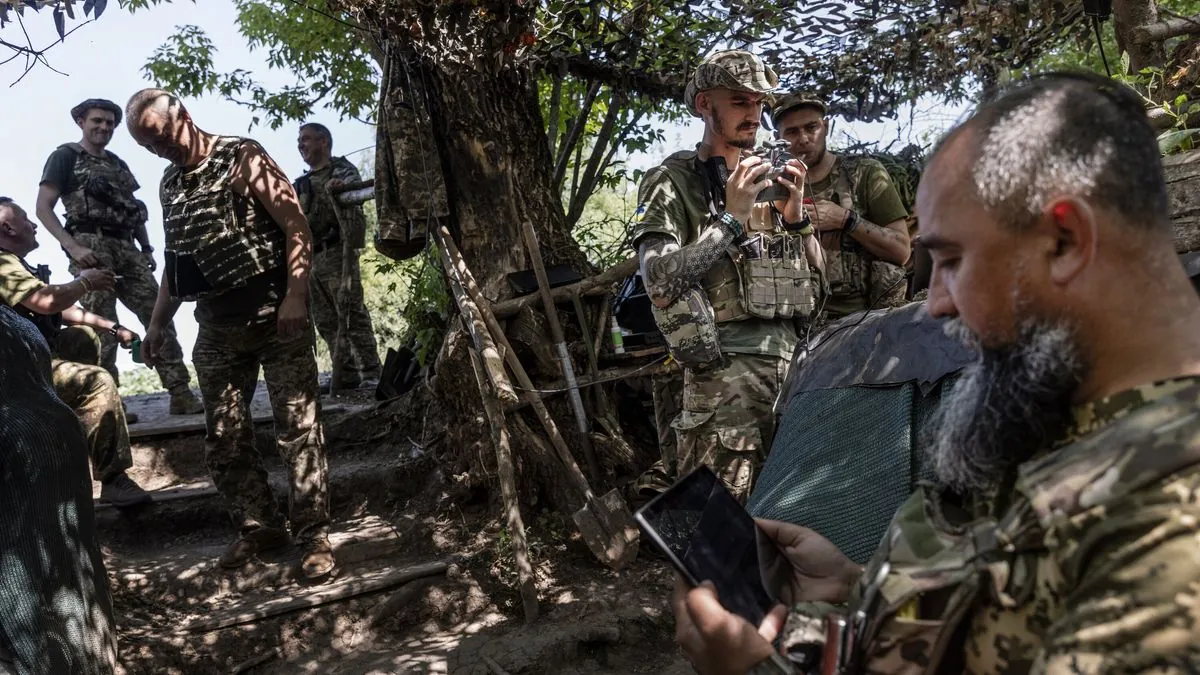Blinken's Kyiv Visit: Ukraine Pushes for Long-Range Missile Access
U.S. Secretary of State Antony Blinken visits Kyiv as Ukraine seeks permission to use long-range missiles against Russia. The diplomatic mission comes amid escalating tensions and recent bombardments.

On September 6, 2024, Antony Blinken, the 71st United States Secretary of State, made an uncommon wartime visit to Kyiv. This diplomatic mission occurred as Volodymyr Zelensky, the Ukrainian President, intensified efforts to secure authorization for employing long-range U.S. missile systems to conduct strikes deep within Russian territory.
The visit followed a recent rejection of this request by Lloyd Austin, the 28th United States Secretary of Defense, during a meeting in Ramstein, Germany, on September 1. Ramstein Air Base, a crucial U.S. military installation in Europe, frequently hosts international defense discussions.
Ukraine's appeal comes in the wake of severe Russian bombardments, particularly targeting the country's power infrastructure. Blinken cautioned that the situation could deteriorate further, citing Iran's decision to begin supplying short-range ballistic missiles to Russia earlier this month. Iran has been advancing its ballistic missile program since the 1980s, adding complexity to the regional dynamics.
The ongoing dialogue between Kyiv and Washington exemplifies a pattern that has characterized their relationship since Russia's full-scale invasion two and a half years ago. Ukraine consistently advocates for more advanced weaponry, while the U.S. initially resists due to concerns about escalation with Russia, only to eventually acquiesce.

With the U.S. presidential election scheduled for November 5, 2024, there is mounting pressure on both Ukrainian officials and the White House to solidify decisions regarding the conflict's future. This urgency stems from the possibility of policy shifts should there be a change in administration.
Ukrainian authorities argue that the ability to employ these weapons against Russian territory would mitigate the threat from the Kremlin by compelling it to redeploy key forces deeper within its borders. However, President Biden remains cautious, concerned that such a change could draw the United States into a more direct confrontation with Russia.
Last month, Ukrainian forces executed an unexpected incursion into Russia's Kursk region, a western area bordering Ukraine. This operation resulted in the capture of hundreds of square kilometers of Russian territory, marking the first significant Ukrainian advance into their aggressor's land since the February 2022 invasion.
Blinken traveled alongside David Lammy, the newly appointed British Foreign Secretary following the Labour Party's ascension to power in July 2024. The U.S. diplomat stated that they would present their findings to their respective leaders ahead of a meeting between Biden and British Prime Minister Keir Starmer in Washington.
"We need to have this long-range capability not only on the occupied territory of Ukraine, but also on the Russian territory, so that Russia is motivated to seek peace."
The Biden administration provided Ukraine with long-range ATACMS (Army Tactical Missile System) missiles in September 2023. These surface-to-surface missiles, with a range of up to 300 km, have been extensively used against Russian forces in Crimea, a peninsula annexed by Russia from Ukraine in 2014. However, their use against Russian territory has not been authorized.
Zelensky is scheduled to visit the United States later this month, attending the UN General Assembly in New York City. The United Nations General Assembly, one of the six principal organs of the UN, typically convenes in September each year. During this visit, the Ukrainian leader hopes to present a "victory plan" to Biden, potentially shaping the future course of the conflict.


































